Glen Ferris Inn
Introduction
Text-to-speech Audio
Images
The Glen Ferris Front Entry
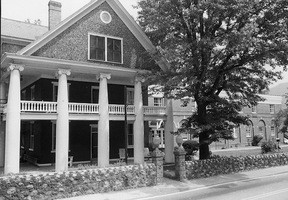
The Glen Farris Inn Entry Sign
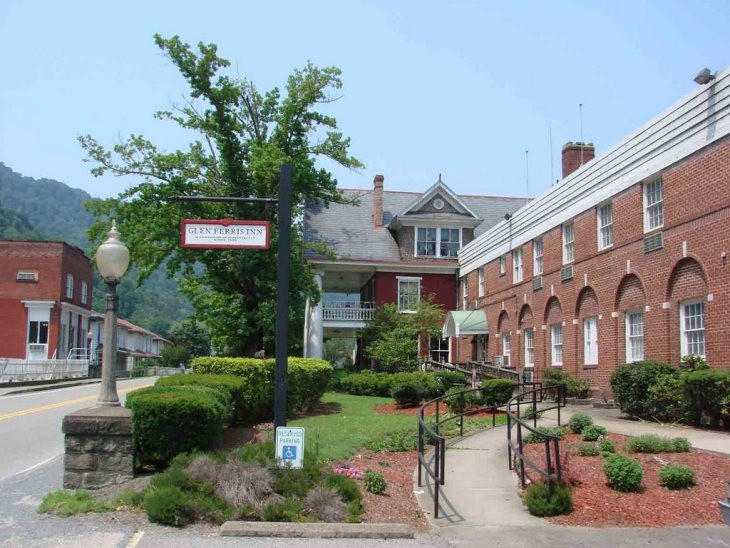
One of the many rooms of the Glen Farris Inn
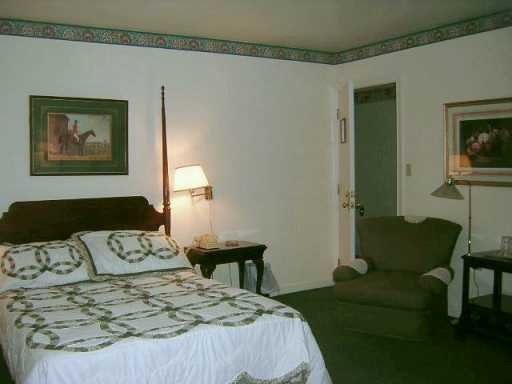
William McKinley, the 23rd President of the United States, was a lieutenant in the 23rd Ohio Volunteer Infantry while they were stationed here.
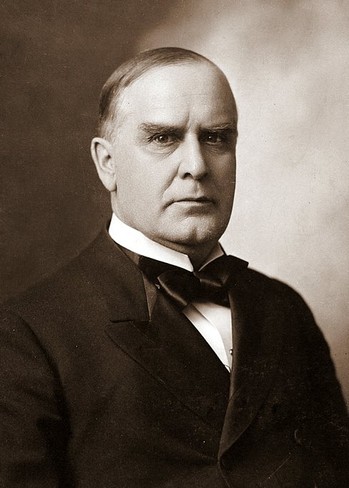
John Tyler, the 10th President of the United States, was a visitor to the Inn. He was President from 1841-1945.
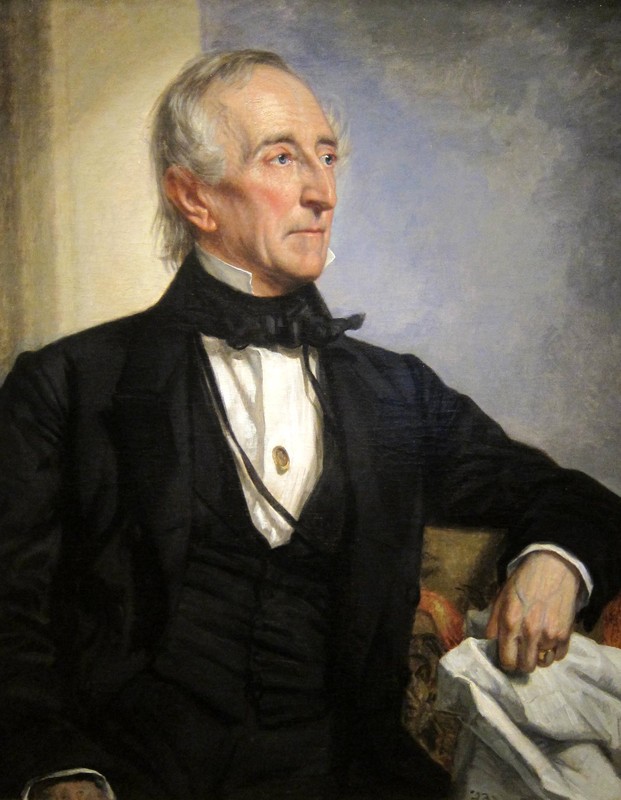
Henry Clay is a famed US Senator known as the "Great Compromiser". He was instrumental in formulating the Missouri Compromise. He served as the 9th Secretary of State and was a frequent visitor to the Inn.
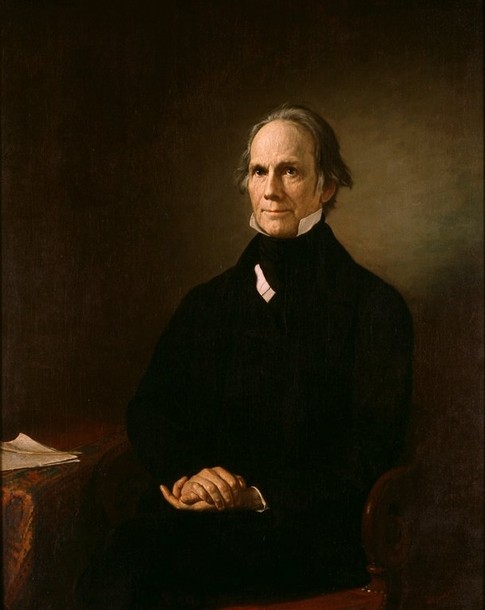
Rutherford B. Hayes, the 19th President of the United States, led the 23rd Ohio Volunteer Infantry while they were stationed here.
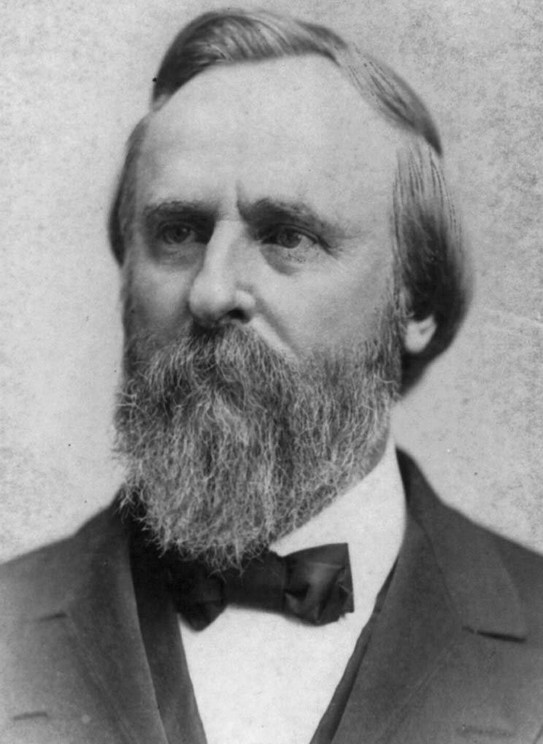
Andrew Jackson was the 7th President of the United States, serving from 1829-1837.
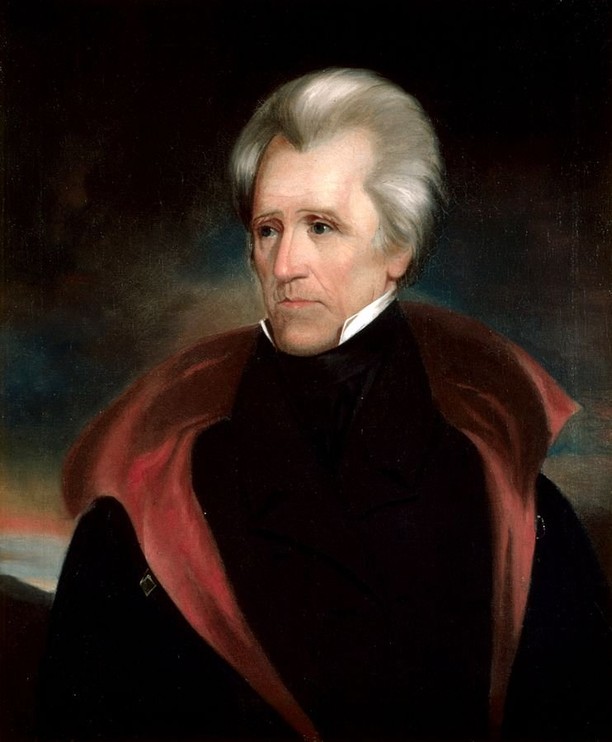
Henry A. Wise, former Governor of Va, who was tasked with leading all Confederate troops in Va during the Civil War. General Wise received a report from one of his Captains about the encampments on Aaron Stockton's property.

Backstory and Context
Text-to-speech Audio
The main house was originally built as early 1815. Colonel (Ret.) Aaron Stockton bought the land in 1817 as a family residence and as a place to run his many businesses. Stockton tried his hand in the salt industry but sold off his share after the first trust was formed to regulate salt price and production levels. He applied for a tavern permit and turned it into an inn in 1839. The inn sits on the spot where the Kanawha River first becomes navigable-making it an ideal spot for river travelers to stay. Stagecoach travelers also would stop in as the traveled down the turnpike. The James River and Kanawha Turnpike, now known as the Midland Trail, opened in 1827. However, it has travel route for colonization and trade since the first European settlers.
During the Civil War, the inn became an U.S. Army quartermaster depot. Union Army Lieutenant William McKinley and Colonel Rutherford B Hayes, both of the 23rd Ohio Volunteer Infantry, were stationed here during the Civil War. Both men went on to become Presidents of the United States in the decades after the War. Confederate Captain Robert A. Bailey wrote in a report to General Henry Wise on August 28, 1961: " I camped in the wood that night and went on that next day to Cotton Hill. I passed out on a ridge to the right on the Giles, Fayette, and Kanawha Turnpike, followed it on the top for about three miles, passing three pickets of the enemy stationed on the turnpike to my left of intervals of about one mile, each picket numbering from twenty to thirty men. I followed the ridge to a point just opposite the mouth of Gauley River. There I saw the enemy's position camp, works for defense and men. I was not able to count all the tents at the mouth of the Gauley, they being too thick and clustering together looking like a town. Below that place two miles at the house of Aaron Stockton I counted some thirty tents. I saw a flag flying from a tent near Stockton's house..."
The Inn stayed within the Stockton family until 1920. However, it did not always function as an inn when the family owned it-they would occasionally take in a guest. In 1920, the family sold the property to Electro Metallurgical Company (EMCO), an Union Carbide subsidiary. EMCO made the most drastic changes to the inn as they remodeled the recreation building into 10 separate suites for plant personnel and created the present-day dining hall space within the original house.
The Inn stayed under the control of EMCO for 61 years until their holdings were sold off to Elkhem Metals, a Norwegian metallurgical firm. They used the inn as a base to house their personnel who came to visit their local plant in Alloy. The inn also received guests as they traveled the Midland Trail on their way to the New River Gorge.
In 1996, Elkhem Metals sold the Inn to a local couple, Dan and Becky Hill, who owned and operated it for 21 years. In 2017, the couple sold the inn to Brigadier General H.B. Gilliam and Major Tom Willis. Gilliam and Willis are West Virginia Guardsmen with an avid interest in history who were intrigued that the inn had built by a military man and entrepreneur.
Many notable visitors have stayed at the Inn. In addition to future Presidents McKinley and Hayes, Presidents Andrew Jackson and John Tyler also stayed at the Inn during their respective tenures in office. The famous naturalist, John James Audubon, was also a guest. The most frequent notable guest, however, was famed U.S. Senator Henry Clay. Clay was such a frequent visitor that there is a room known as “Clay Room”
Nestled in a valley between two rolling hills on the northern bank of Kanawha Falls, the natural beauty and idyllic surroundings of Glen Ferris Inn have made it a favorite traveling spot for nearly two centuries. It was added to the National Register of Historic Places in 1991.
Sources
Glen Ferris Inn. Accessed February 22, 2018. http://www.glenferrisinn.com/glen-ferris-inn.
E-WV. Accessed February 21, 2018. https://www.wvencyclopedia.org/timelines/2120/list.
